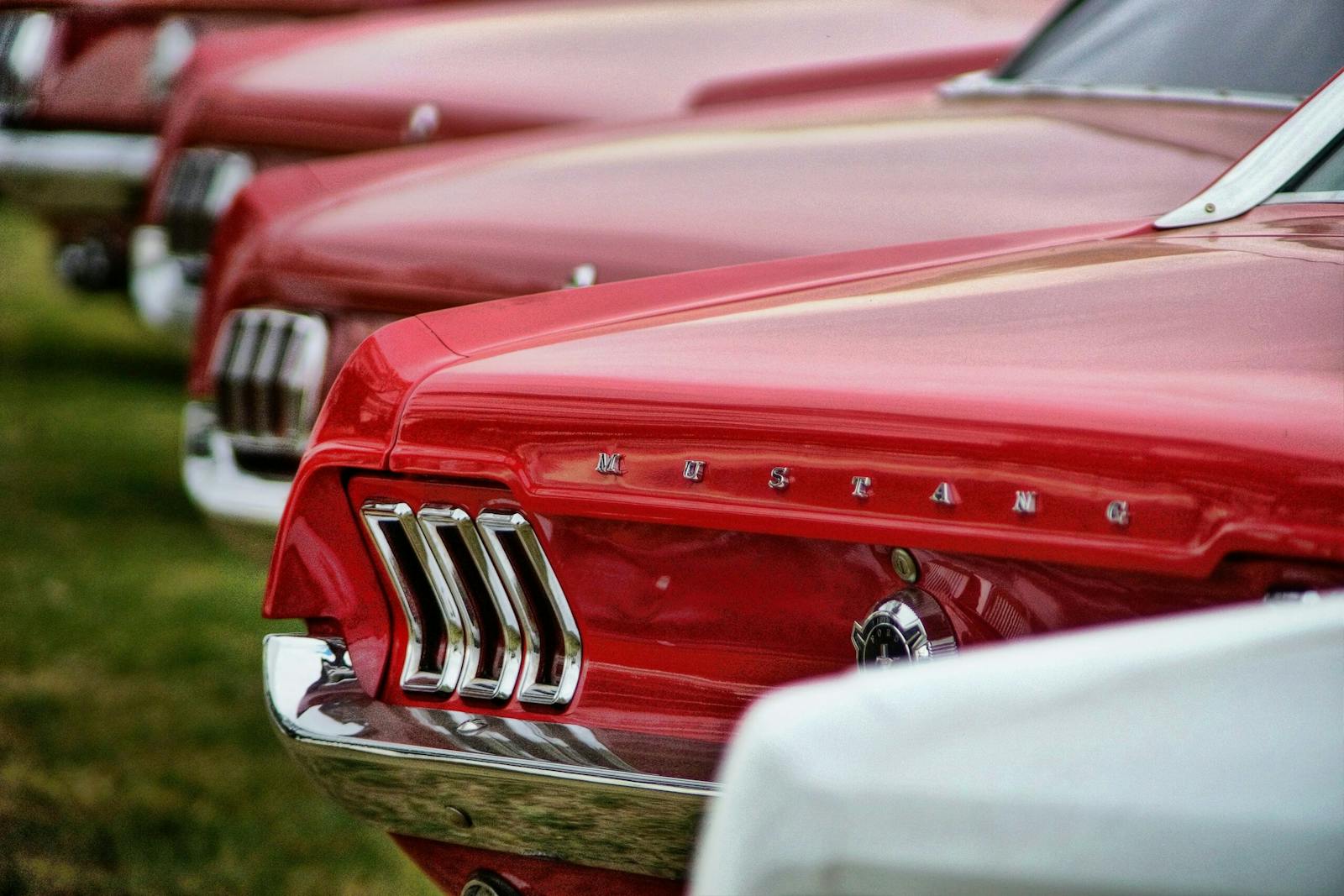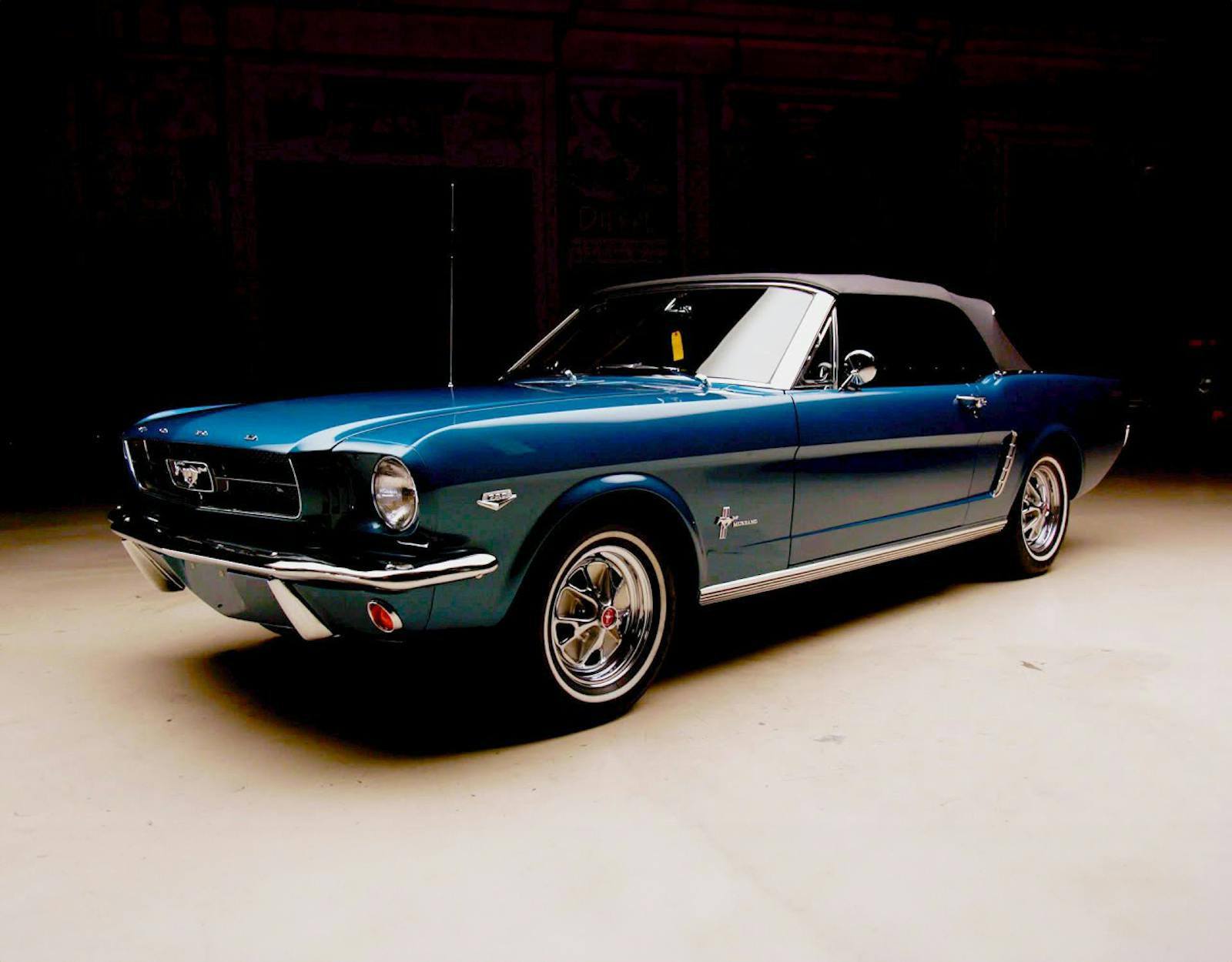Have bidders tapped the brakes?

As we all know, markets move in cycles, and there’s no shortage of influences on collector segments. The last two years have provided ever-increasing motivation for owners to consider unloading their vehicles, and sellers have to this point found buyers willing to meet their constantly higher asking prices. Even considering 2021’s dramatic bump in values across the enthusiast car market, we’ve still seen prices increase significantly in the first quarter of 2022, and the Hagerty Market Rating is at an all-time high. However, we’re beginning to hear from industry experts about a potential market slow-down. A wealth of data, information, and anecdotes can cause confusion, so which is it—an incredible era for sellers or the beginning of a retrenchment?
It’s possible, of course, to find anecdotes that illustrate either scenario, but a better perspective might come from high-level data. Since the pandemic began and people were stuck at home, price appreciation accelerated. That’s visible in the Hagerty Market Rating, but we can also view it another way. Looking at vehicles consigned to an online auction and matching them to their Hagerty Price Guide entries, we can see how many have been bid above the associated condition #1 (Concours-ready) value.
In this case, we see a peak in July and August of 2021, with 15 - 16 percent of vehicles getting bid above the condition #1 value. Clearly, the bidders were in a rush to win auctions, and sellers were all too happy to meet the increased demand. Unfortunately for them, demand has tapered, failing to keep up with the ever-higher prices. To be clear, we're not saying values have fallen. Price Guide values have risen so much over the last two years that a sale at 100 percent of today's number #1 value is in many cases more than 110 percent of that same car's value from mere months ago. However, the decline in bids above #1 value does indicate a slow down.
Sellers, for their part, don't seem to be getting that memo. The sell-through rates of those vehicles bid above the condition #1 value show a gradual trend down from a 90 percent to a dip below 85 percent for May 2022. That's not a fall-off-the-cliff decline, but it shows that more sellers are not getting the big payoff they were hoping for, and that the market fever might be breaking.
Is it possible that only average-condition cars are coming up for sale? If that were the case, we might still see records being set for the very best examples. However, after a flood of records in 2021, fewer cars in 2022 are resetting the high bar for their model. The interactive app below features the latest record price data. In aggregate, the share of records (the percentages button) is lower than 2021. For specific vehicles, such as the 1994 Toyota Supra (the counts button), one record price was set in 2018, two in 2019, one in 2021, and none since.
While auctions are the most visible part of the collector car market, the vast majority of classic cars are sold privately. And then there's an even larger, murkier piece of the pie: cars that haven't sold at all. Even a car parked on blocks experiences changes in value. Using Hagerty insurance policy data, we get a unique lens on this segment. When people think their car's value has increased, they can call to change it on their insurance policy. The same goes if they think the vehicle has depreciated. Of course, any one policy can fluctuate for a number of reasons unrelated to the market—for instance, someone might up their value after completing a restoration. In aggregate, though, the ratio of value increases to decreases on Hagerty policies helps us measure market sentiment. Surprising no one, it trended way up through the summer of 2021, but it slowed towards the end of the year and then appeared to have peaked in January 2022. Since then, value increases are still at an elevated level but aren’t trending higher. The private market, just like the auctions, still has plenty of heat, but the temperature is no longer rising as quickly.
What can we expect for this summer and beyond? The August auctions will likely attempt to capitalize on the recent record sale of the 300 SLR for $142 million, and it's indeed possible certain vehicles will succeed on that front. Yet we may see sell-through rates at Monterey 2022 suffer if sellers continue to take summer 2021 appreciation rates for granted. Aside from those blue-chip collector cars, though, we will probably see the market continue to cruise more evenly for the rest of the year.

